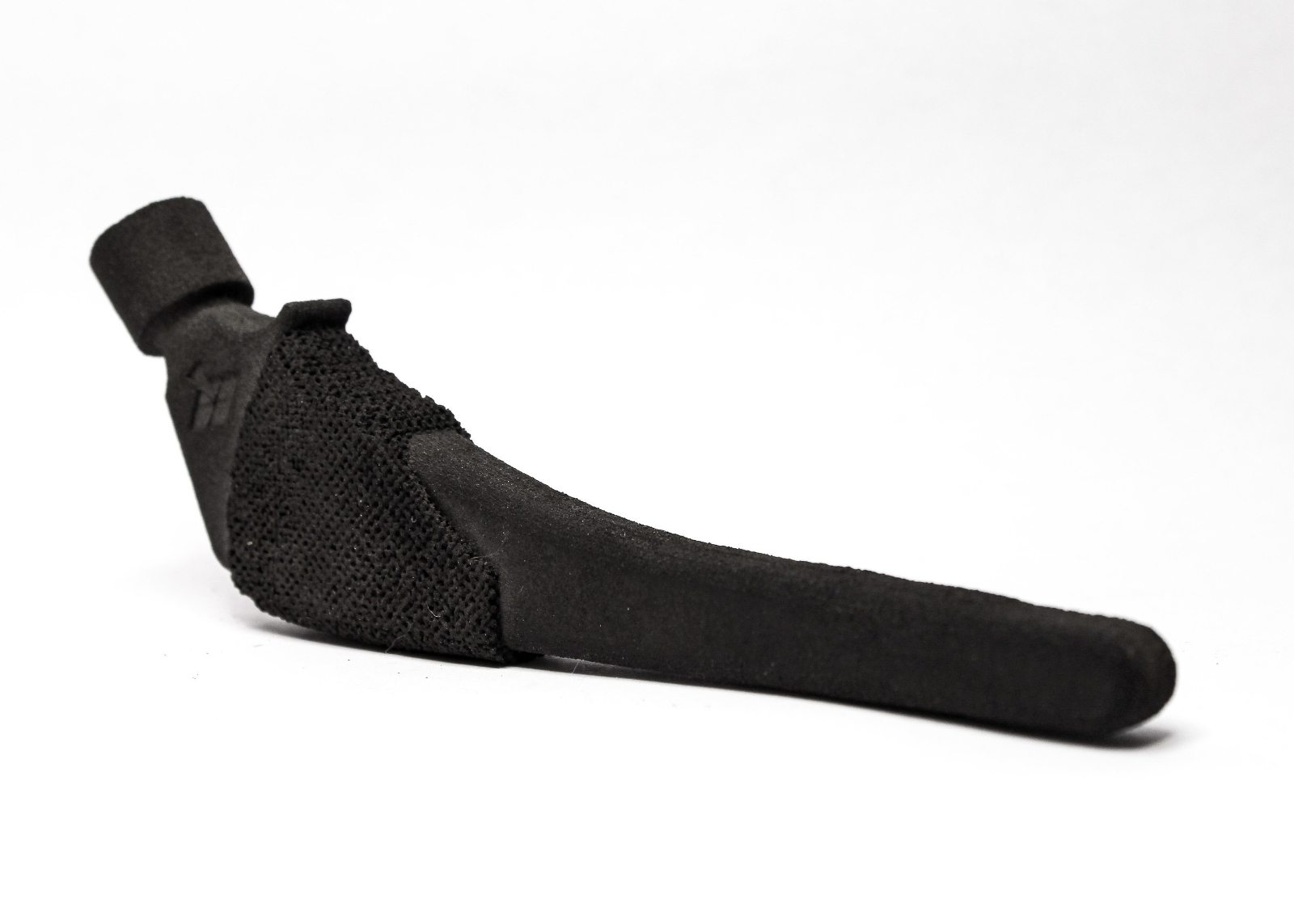In exciting news, pioneers of composite-based additive manufacturing technology (CBAM), Impossible Objects have just announced the latest addition to its 3D printing abilities. As one of the highest performance thermoplastics available, PEEK (polyether ether ketone) allows for unprecedented geometrically complex, strong and light carbon fiber composite parts to finally be 3D printed. CBAM PEEK parts have been proven to perform 30% better than standard CBAM with outstanding heat resistance and strength. With Impossible Objects’ latest upgrade, composites are now capable of complex geometries, speed, strength-to-weight ratios and feature cost advantages of carbon fiber 3D printing with the durability and resistance to high temperature typically found in metals, instantly revolutionizing manufacturing in the aerospace, medical, automotive and machine tooling industries.
New PEEK parts created with this process feature significant advantages over previously made parts:
- PEEK parts made with Impossible Objects’ 3D printing process are more than 50% lighter than comparable aluminum parts but demonstrate two-thirds ultimate strength
- PEEK polymers can be recycled with the new 3D printing process, overcoming significant issues around expense, waste, and inefficiency associated with PEEK polymers in traditional manufacturing and 3D printed manufacturing
- Eliminating PEEK wastage in the Impossible Objects’ process enables substantially lower cost 3D printed parts

Chairman and founder of Impossible Objects, Robert Swartz believes continued advances in speed and material “will allow additive manufacturing to change how things are made.” Thankfully, Impossible Objects has managed to set standards in the industry, securing the first truly novel 3D printing process in over two decades with their CBAM process. This innovative process allows customers to produce exceptionally durable, lightweight objects that were previously impossible to make so quickly and inexpensively. The aerospace, aviation, defense, oilfield services, automotive, and performance athletics industries will all benefit from the new process, being sure to take advantage of newly-produced lightweight parts that do not compromise strength and durability.
Be sure to subscribe to the 3D Printing Industry newsletter and stay up to date on all the latest happenings!


